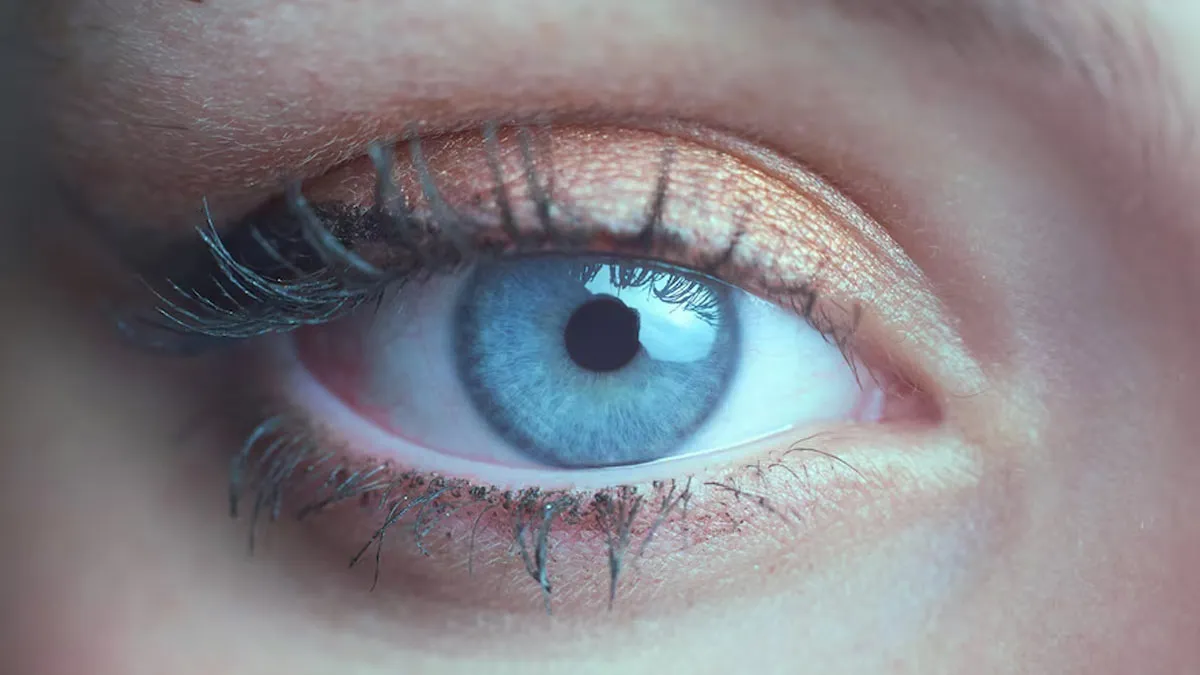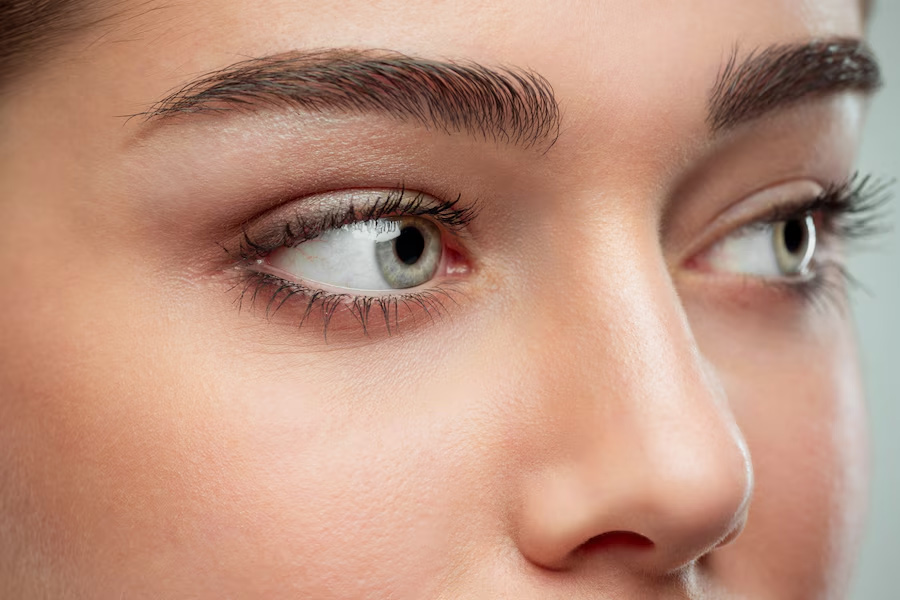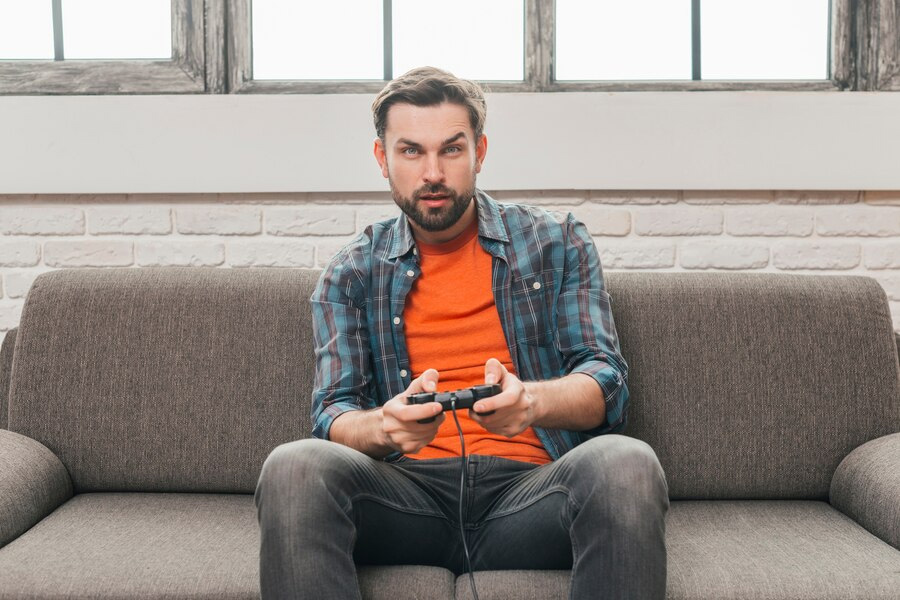
Have you ever stopped to think about what happens when you blink? It’s something we all do countless times a day, yet we rarely give it a second thought. Blinking might seem like the simplest, most automatic action, but it involves a lot of processes. From protecting your eyes to giving your brain a quick reset, blinking is much more than just a reflex. We spoke to Dr Hiral Solanki Dodia, Consultant Ophthalmologist, Shalby Hospital, Gujarat, who explained the fascinating science behind this tiny but powerful act that keeps your eyes and mind healthy.
Table of Content:-
The Mechanics of a Blink

"When you blink, your eyelids close and open again in a swift, coordinated motion. But it’s far from a mere mechanical action. A blink is, at its core, a defence reflex designed to protect your eyes from dust, debris, and other irritants," said Dr Dodia.
According to a 2011 study, the frequency of blinking can differ based on individual tear-film characteristics or whether someone wears contact lenses. Additionally, blinking serves as a defensive reflex, shielding the cornea from particles and potential physical damage, and can be triggered by sudden movements or surprises.
Each time you blink, a thin layer of tears spreads across the surface of your eyes. These tears are no ordinary liquid. They’re a carefully balanced cocktail of enzymes, oils, and nutrients, all working together to keep your eyes hydrated, nourished, and free from infection. This protective layer ensures your cornea remains smooth and transparent, essential for clear vision.
Also Read: Blinking Eyes Frequently? Expert Explains Reason Tips For Treatment
Blinking: A Brain Reset

Interestingly, blinking serves purposes beyond eye protection and hydration. It acts as a mini-reset button for your brain. Each blink provides a split-second pause, allowing your brain to process and organise incoming information. "This explains why you blink more frequently when engaging in conversations, watching an emotional movie, or absorbing dense material as your brain is working harder to process the experience," added Dr Dodia.
The Semi-Automatic Nature of Blinking
Blinking is a semi-automatic process. While you can choose when to blink, your brain typically prompts you to blink about 15-20 times every minute, adding up to around 28,000 times a day, said Dr Dodia. You do have some control over your blinks, like when you wink or intentionally close your eyes, but your brain primarily manages to blink involuntarily to protect your eye health. If this automatic function didn’t exist, your eyes would dry out rapidly, causing discomfort and possibly harm.
Blinking and Emotional State

Your blinking patterns can also reveal your emotions and mental state. For example, during moments of intense focus or concentration, such as solving a puzzle or playing a video game, your blinking rate often decreases. On the other hand, during periods of stress or fatigue, you might find yourself blinking more frequently as your body tries to manage the strain.
"Moreover, blinking plays a subtle role in non-verbal communication. When talking to someone, your blinking patterns can signal engagement, interest, or boredom. Social cues like these often go unnoticed, but they’re an integral part of human interaction," added Dr Dodia.
Also Read: What Frequent Eye Twitching Might Indicate, Expert Explains
Blinking and Modern Challenges

In today’s digital age, reduced blinking due to prolonged screen use has become a common issue. Known as digital eye strain or computer vision syndrome, this condition can lead to dryness, irritation, and blurred vision. To combat this, experts recommend following the 20-20-20 rule: every 20 minutes, look at something 20 feet away for 20 seconds. This practice helps relax your eye muscles and encourages regular blinking, alleviating strain.
Bottomline
A blink is, basically, a lot more than a mere twitch. It’s a highly choreographed process that includes your eyes, your brain, and even your feelings. That little act, which we frequently take for granted, does a lot to help keep your eyes healthy and your vision clear. So, next time you blink, stop to admire the science happening behind the scenes.
[Disclaimer: This article contains information provided by an expert and is for informational purposes only. Hence, we advise you to consult your professional if you are dealing with any health issues to avoid complications.]
Also watch this video
How we keep this article up to date:
We work with experts and keep a close eye on the latest in health and wellness. Whenever there is a new research or helpful information, we update our articles with accurate and useful advice.
Current Version